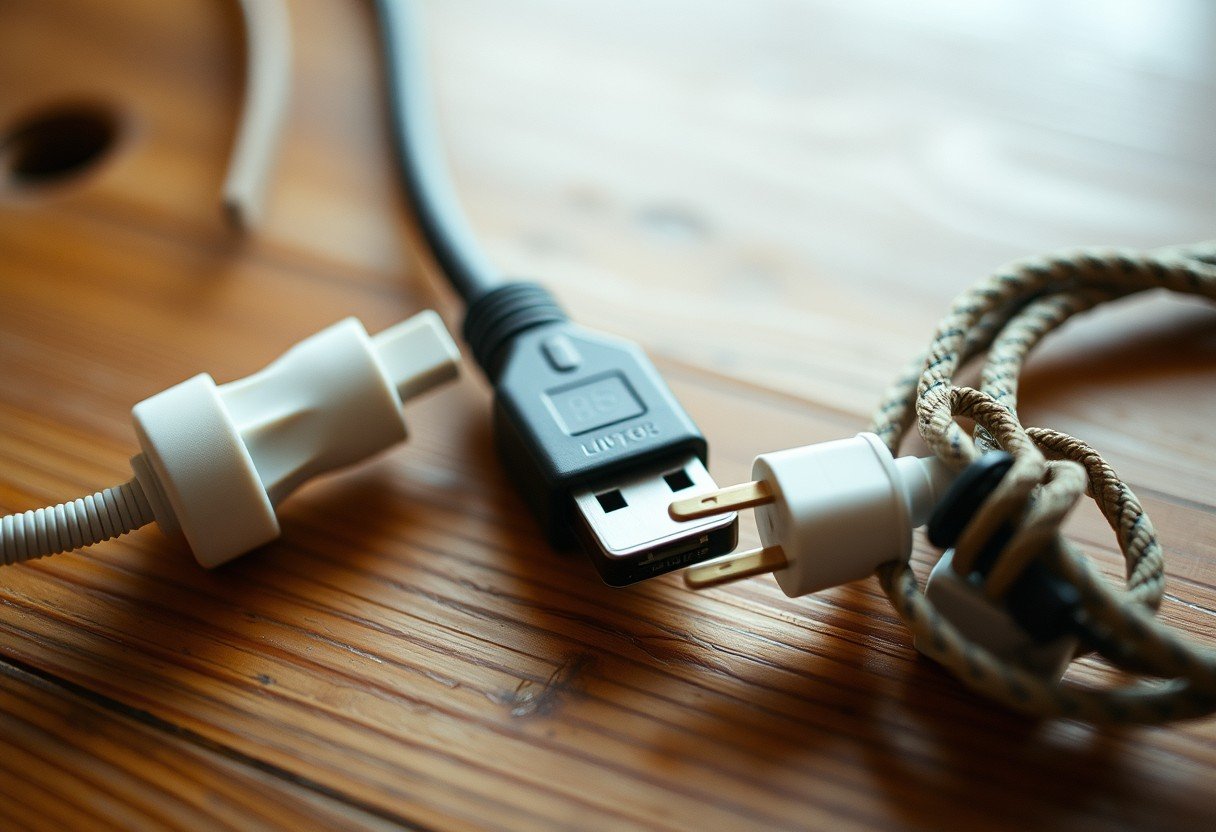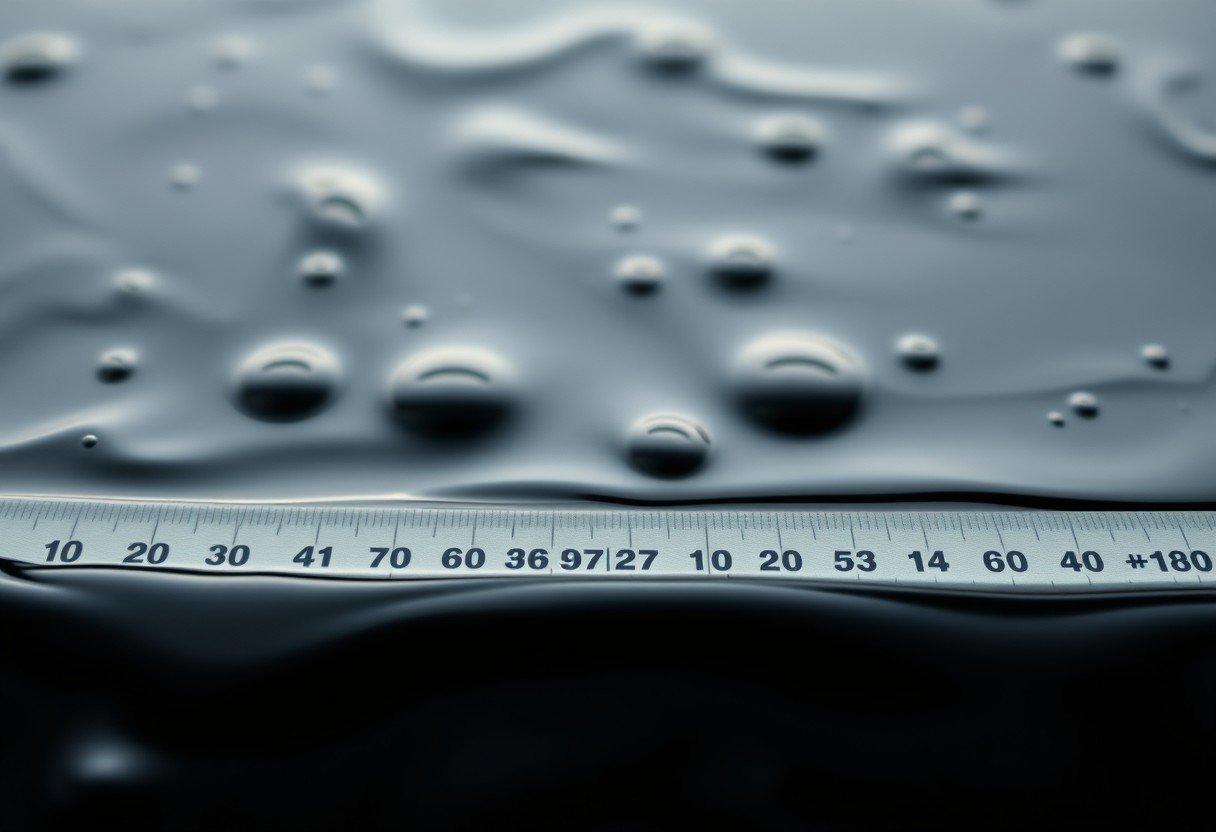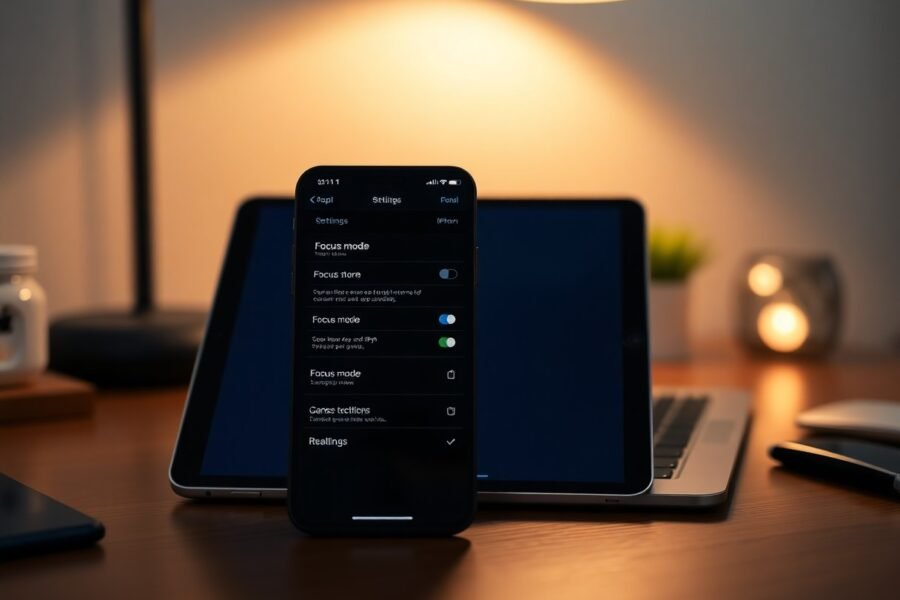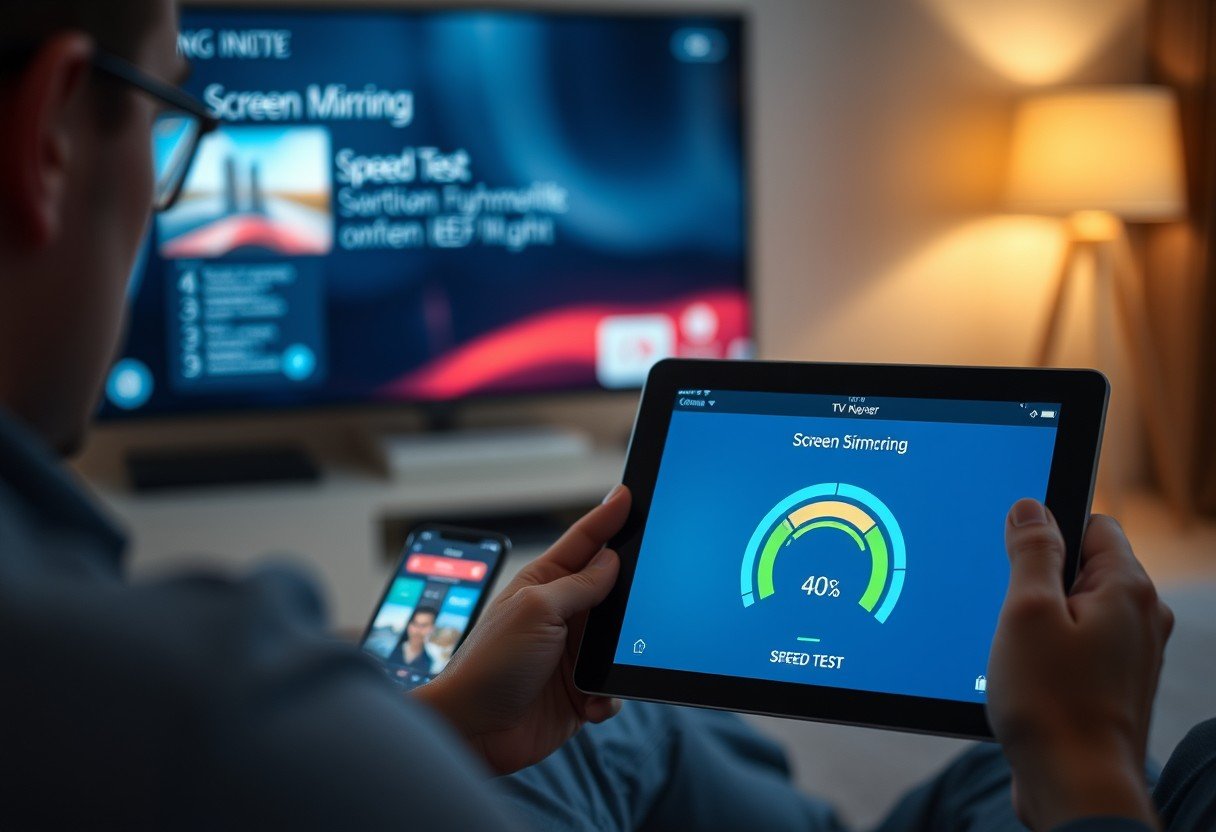Many people use extension cords every day without a second thought. But do extension cords expire or last forever? While they don’t have a printed expiration date, they do wear out over time. Understanding when to replace your cord is crucial for preventing electrical hazards like fires and shocks in your home or workplace. Factors like usage frequency, storage, and quality all determine its lifespan.
How Long Do Extension Cords Really Last?
There’s no precise expiration date for extension cords, but their lifespan is not infinite. A well-maintained cord used occasionally might last for many years, while one used daily in harsh conditions could become unsafe much sooner.
Generally, you can expect an extension cord to last anywhere from 3 to 10 years. This range depends heavily on several key factors. The quality of the cord’s construction, how often you use it, and the environment it’s exposed to all play a significant role in its durability.
For example, an outdoor extension cord left in the sun and rain will degrade faster than an indoor cord used to power a lamp. Always prioritize your safety by replacing any cord that shows signs of wear or damage, regardless of its age.
Key Signs Your Extension Cord Needs Replacing
Regularly inspecting your extension cords is the best way to ensure they are safe to use. Physical damage is often the first and most obvious sign that a cord is at the end of its life.
Look closely for any fraying wires or cracks in the outer insulation jacket. These issues expose the internal wiring, creating a serious risk of electrical shock and fire. You should also check the plug and connector ends for broken prongs or loose-fitting parts.
Another major red flag is if the cord feels warm or hot to the touch during use. Overheating is a clear indicator that the cord is overloaded or has internal damage that is creating resistance. If you notice any of these warning signs, or if the cord frequently causes circuit breakers to trip, you must stop using it immediately and replace it.
Understanding Safety Certifications on Your Cord
Not all extension cords are made with the same level of quality. To ensure you are using a safe product, always look for certification marks from recognized testing organizations. These marks confirm that the cord has been tested and meets strict safety standards.
The most common certification you will see in the United States is the UL mark from Underwriters Laboratories. This means the product has been rigorously tested for safety against fire and electrical shock. In Europe, the CE logo is common, indicating compliance with health and safety standards.
Choosing products with recognized certification marks protects you from potential hazards. Reputable brands prioritize these certifications, so looking for these logos is an easy way to identify a quality, safe extension cord for your home or job site.
Proper Care and Storage to Extend Cord Life
How you care for and store your extension cords has a huge impact on their longevity and safety. Proper maintenance can add years to a cord’s useful life.
When using a cord, always unwind it completely to prevent heat from building up in the coil. You should also avoid running cords through high-traffic areas, under rugs, or across sharp edges, as this can cause physical damage over time. Never “daisy-chain” multiple extension cords together, as this can lead to overloading and create a significant fire risk.
Proper storage is just as important as proper use. When you’re finished with a cord, follow these simple tips to keep it in good condition:
- Coil the cord loosely in large loops rather than wrapping it tightly around your arm, which can stress the internal wires.
- Store cords indoors in a cool, dry place away from direct sunlight and moisture.
- Use a cord reel or storage strap to keep the cord organized and prevent tangles and kinks.
Taking a few extra moments to store your cords correctly will help ensure they are safe and ready to use the next time you need them.
Choosing the Right Type of Extension Cord for the Job
Using the right extension cord for the specific task and environment is essential for both safety and performance. Cords are designed for different conditions and power loads, and using the wrong one can be dangerous.
For example, an indoor-rated cord should never be used outdoors, as it lacks the weather-resistant insulation needed to protect against moisture and sunlight. Similarly, using a light-duty cord for a high-power tool like a circular saw can cause the cord to overheat and fail.
To help you choose, here is a breakdown of common extension cord types and their intended uses.
| Type | Description |
|---|---|
| Indoor | Designed for use in dry, indoor locations with light-duty appliances like lamps and computers. |
| Outdoor | Features a durable, weather-resistant jacket to withstand moisture, sunlight, and temperature changes. |
| Heavy-Duty | Made with a thicker wire gauge to handle high-power tools and appliances without overheating. |
| Surge Protector | Includes built-in protection against power surges, ideal for sensitive electronics. |
To Repair or Replace: Making the Safe Choice
When you find a damaged extension cord, you might wonder if you can repair it instead of buying a new one. The answer depends on the type and extent of the damage.
For very minor damage, such as a small nick in the outer insulation where the inner wires are not exposed, a repair with certified electrical tape might be possible. However, this should be considered a temporary solution at best.
If the internal wires are exposed, the plug is damaged, or the cord shows signs of burning, replacement is the only safe option. An improper repair can easily fail and create a severe fire or shock hazard. Considering the relatively low cost of a new extension cord, investing in a replacement provides peace of mind and guarantees your safety.
Frequently Asked Questions about Extension Cord Safety
Do extension cords have an expiration date?
No, extension cords do not have a specific expiration date printed on them. However, their materials degrade over time due to use, age, and environmental exposure. It’s best to inspect them regularly and plan on replacing them every 3 to 10 years, depending on their condition.
What are the signs that an extension cord needs to be replaced?
You should replace your extension cord if you see any frayed wires, cracks in the insulation, broken plugs, or discoloration from heat. If a cord feels warm during use or frequently trips a circuit breaker, it is no longer safe and should be replaced immediately.
Can I use an indoor extension cord outside for a short time?
No, you should never use an indoor extension cord outdoors, even for a short period. Indoor cords lack the protective insulation to handle moisture or sunlight. Using one outside can lead to electrical shock or a short circuit.
Is it safe to repair a damaged extension cord?
In most cases, it is safer to replace a damaged extension cord than to repair it. While minor nicks might be patched with electrical tape, any damage that exposes wires or affects the plug makes the cord a hazard. A new cord is a small investment in safety.
How should I store my extension cords to make them last longer?
To extend the life of your cords, coil them loosely and store them in a cool, dry place away from direct sunlight. Avoid creating tight kinks or knots, as this can damage the internal wiring over time. Using a cord reel or strap can help prevent tangles.









Leave a Comment